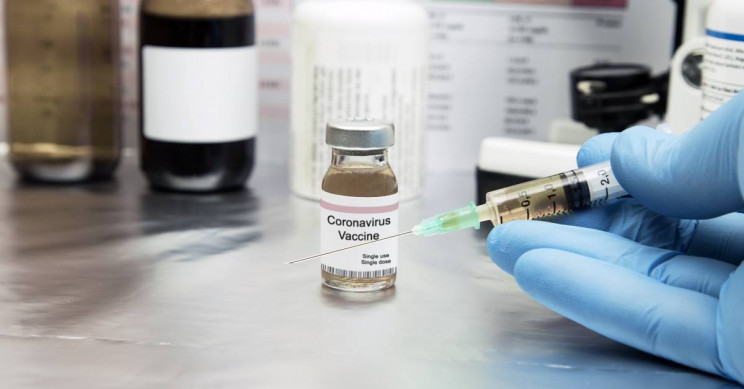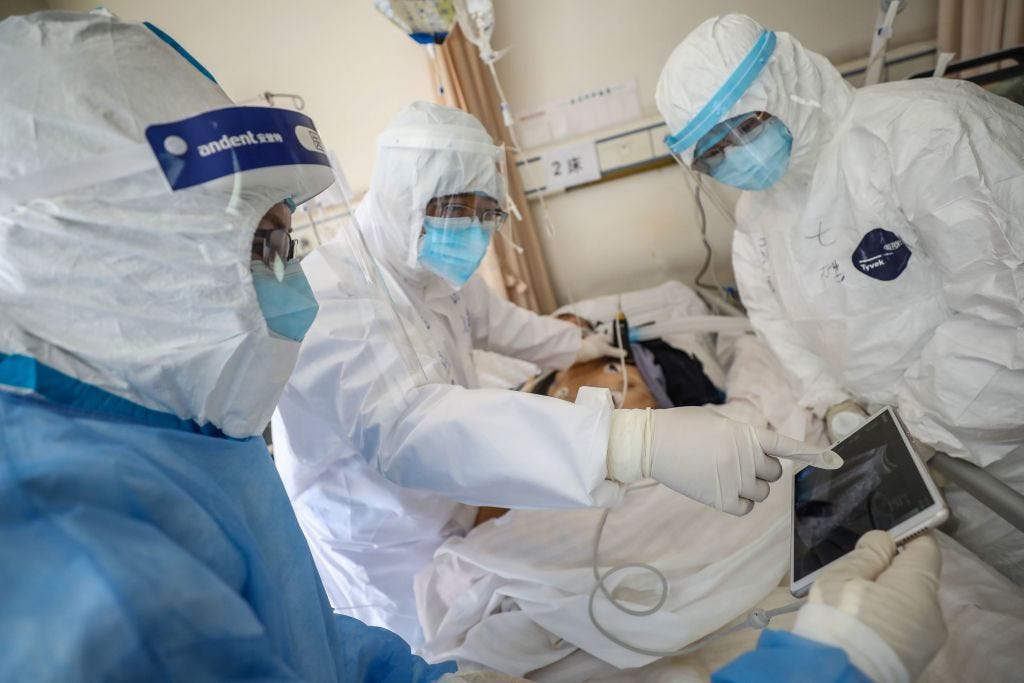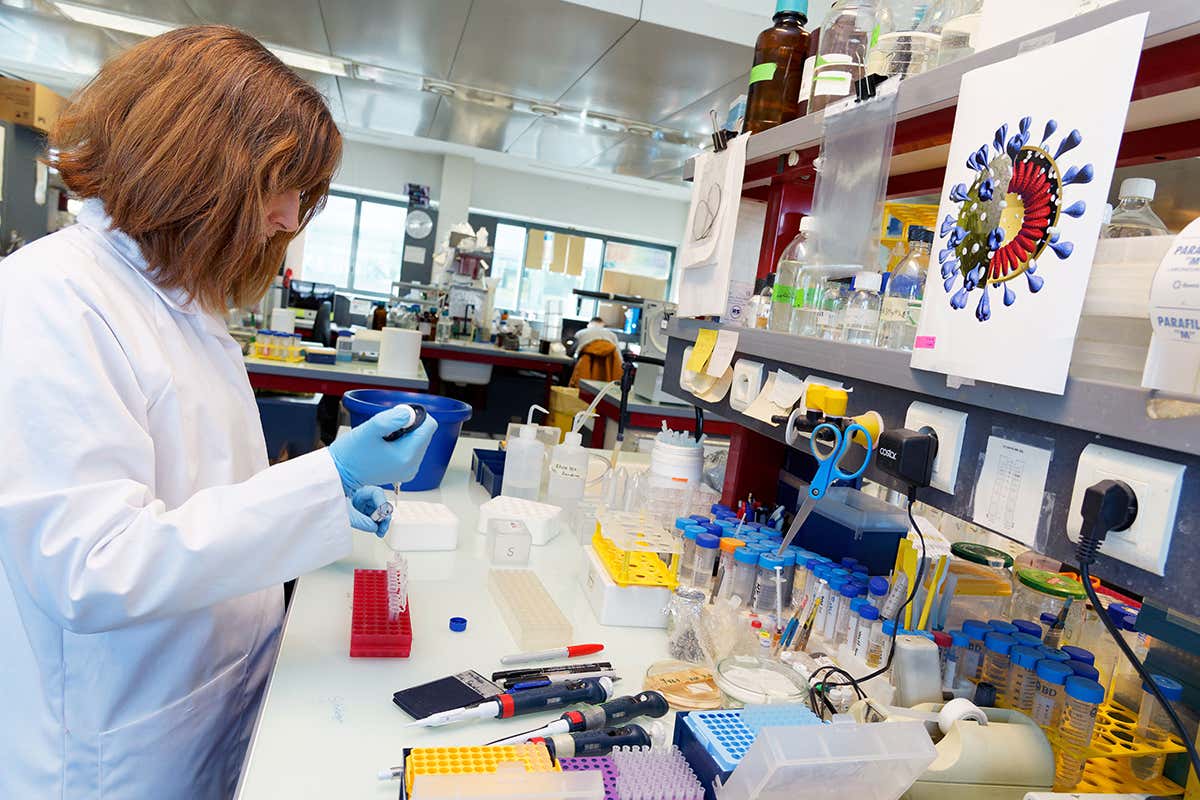WHO confirms 4 fresh cases of Ebola in DRC
The World Health Organisation (WHO) Regional Office for Africa has confirmed four…
WHO driver carrying COVID-19 test samples shot dead in Myanmar
A driver, transporting COVID-19 test samples for the World Health Organisation (WHO)…
No approved vaccine yet in Nigeria for COVID-19 – WHO
The World Health Organisation (WHO) on Monday insisted that there was no…
COVID-19: WHO official tests positive in Bauchi
An official of the World Health Organisation (WHO) in Bauchi Office, has…
44 countries in Africa can now test for COVID-19 – WHO
The World Health Organisation (WHO) says 44 countries in Africa can now…
There’s no evidence China made coronavirus in a lab – WHO
China’s foreign ministry said on Thursday the World Health Organisation (WHO) has…
‘Coronavirus 10 times deadlier than swine flu’
The World Health Organisation (WHO) says Coronavirus (COVID-19) is 10 times deadlier…
COVID-19 10 times deadlier than swine flu – WHO
The World Health Organisation (WHO) says Coronavirus (COVID-19) is 10 times deadlier…
Ebola: Pop-up vaccination sites set up in DRC – WHO
The World Health Organisation (WHO) Regional Office for Africa says pop-up vaccination…
COVID-19: Dead bodies not infectious — WHO
The World Health Organisation (WHO) says that except in cases of hemorrhagic…









